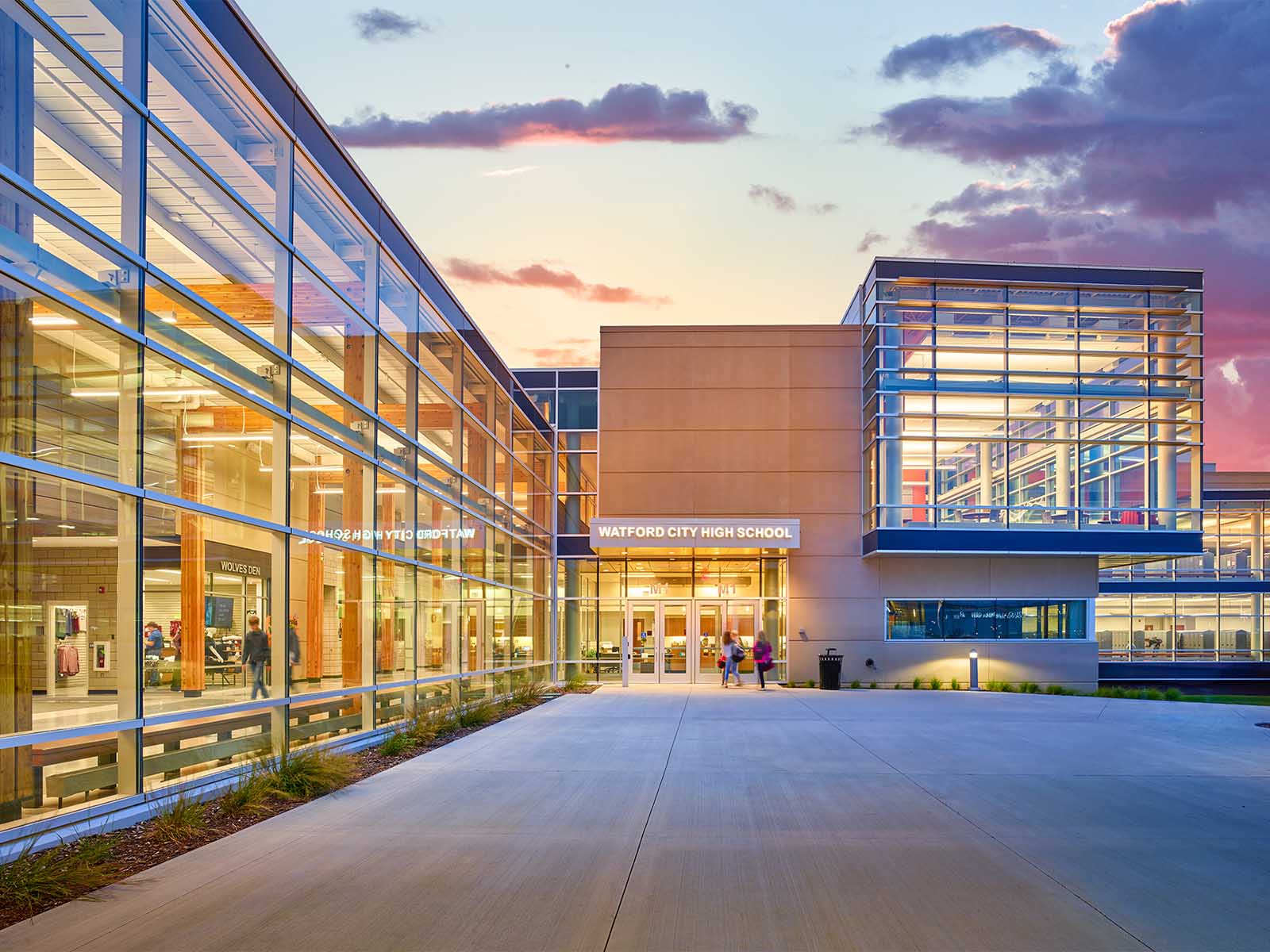Watford City High School and the adjoining Rough Rider Center: Collaborative innovation designed to attract and retain families in western North Dakota.
[Architectural solutions that build community and careers]
There is a vast difference between urban and rural communities. While urban centers have the population and budget to build, build, and build—in rural communities, architecture is a once-in-a-lifetime opportunity. Since 1989, JLG Architects has been leading dynamic change that is redefining rural architecture. JLG’s designers focus on building for better; using space not just for function but to connect neighbors within progressive rural healthcare, multi-use destinations, and STEM and simulated education for students. JLG aims for change that keeps North Dakota’s cities booming and young professionals happy to call it home. JLG’s team of international and regional expertise has been at the heart of countless rural overhauls—a team focused on reshaping education, healthcare, business, and community-centric solutions wherever they grow.
Over the past 34 years, JLG has blossomed from a team of just 2 to 200, all based on strong relationships, trust, hometown work ethic, and a deep-seated passion for inspiring design. “There is nothing more exciting than reimagining Main Street,” said JLG’s Eric Hoffer, an architect and Bismarck’s regional manager. “It’s amazing how a well-orchestrated renovation to everyday places can transform an entire community’s way of life. The best part of our job is finding new ways to unlock hidden potential with a big impact that brings a community joy, pride, economic vitality, connection, enhanced access to healthcare and education, and overall well-being.”
Elevated Education
JLG’s team believes in ambitious ways to make change and provide opportunities across the region. The 2014 oil boom brought awareness to western North Dakota, bringing more people, and exposing workforce shortages and educational facilities overdue for an upgrade.
To support the future of communities, JLG is passionate about designing spaces that help communities provide opportunities that support the local workforce, connecting rural communities with the opportunities of larger towns. This starts as early as elementary school and continues through middle school, high school, and into the university system. Spaces that support STEM (science, technology, engineering, and mathematics) and CTE (Career and Technical Education) programs expose and prepare more students for opportunities in lucrative careers located in their own backyard.
Career-Ready
In addition to classrooms, integrated STEM and CTE programs require more specialized spaces that are flexible to changing needs, encourage hands-on learning, and help connect the dots for students between the core and elective subjects they are taking. This is true-to-life, simulated experiences in commercial kitchens, mechanical and auto shops, labs, greenhouses, manufacturing, and emerging technical advancements.
At Williston’s High School campus, JLG designed a CTE building that accommodates four trade shops, including Vo-Ag, building, automotive, and diesel mechanics. The campus also offers classrooms for a meat lab, tech lab, health/science classrooms, and a 900-square-foot greenhouse—all driven by community engagement and local industry partnerships. Since opening, the need has quickly grown and JLG has assisted the District in a pre-design effort to successfully apply for a $10M state grant.
“Today, everything is connected,” said JLG’s Katie Becker, AIA, NCARB, LEED Green Assoc. “It’s important that students see how the concepts they learn in one class relate to another. Architecture can support that thinking by placing collaborative spaces adjacent to each other and bringing CTE spaces traditionally delegated to the back of the building front and center—encouraging engagement and celebrating workforce learning. A class like construction is where we start to see the application of geometry, and in science, we see how it can support an agriculture curriculum. This is where students make the connection between what’s happening at school and what’s happening in their communities.”
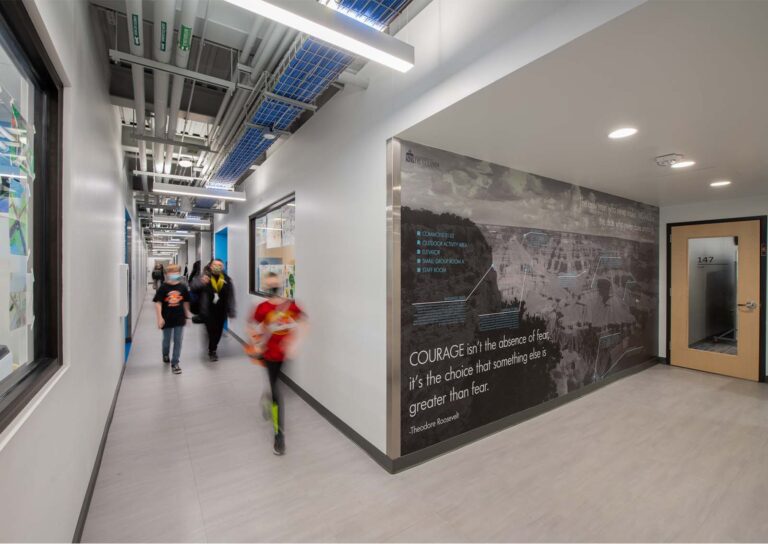
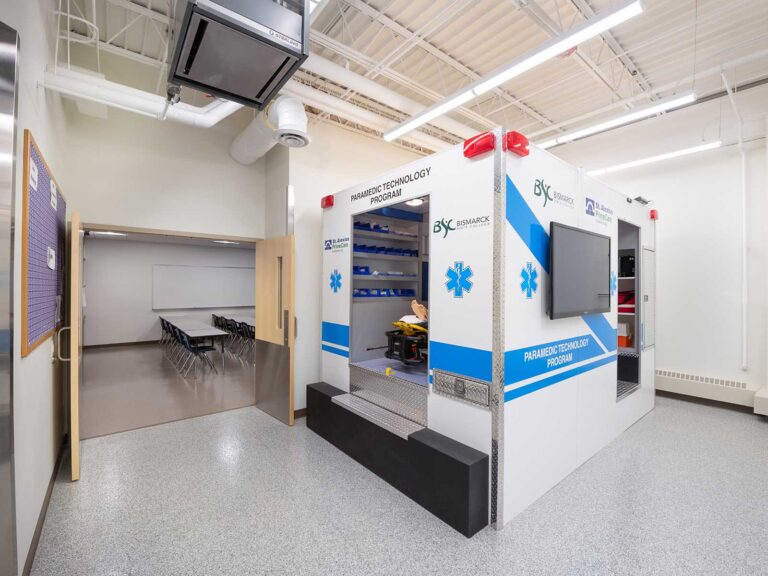
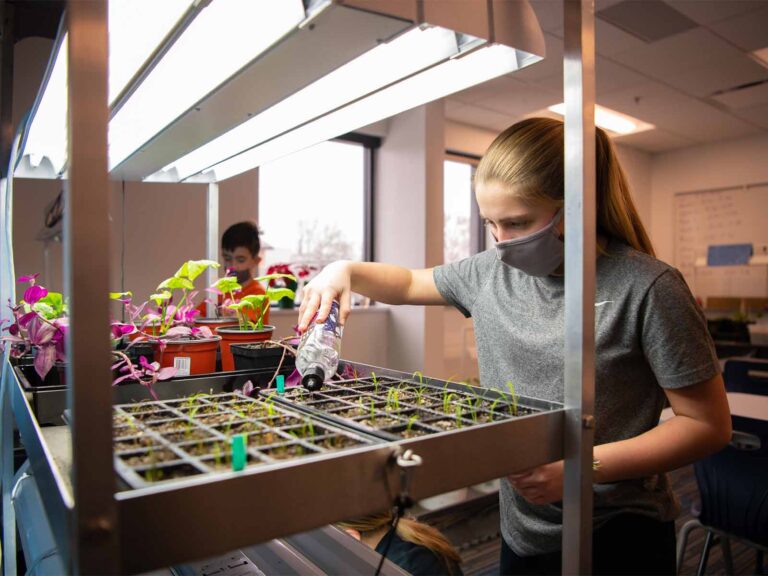
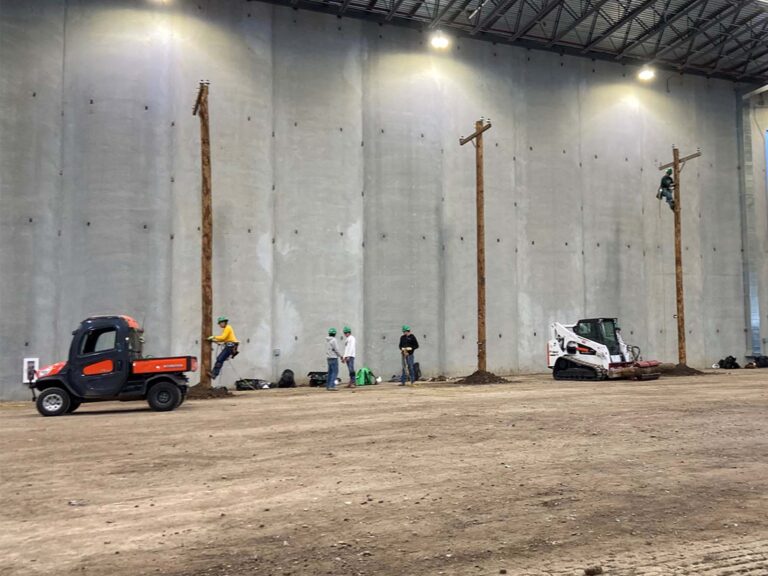
Booming Business
The benefit of school partnerships with local businesses is helping education and industry boom. “Through CTE, businesses communicate in-demand positions, shape curriculum, and even potentially provide the school with machinery, resources, and equipment to help students succeed,” explained Becker. “Students can learn the right skills on the right equipment— streamlining their college education or taking them directly from high school graduation to a lucrative career.”
JLG Architects
Learn more at jlgarchitects.com
Facebook | /JLGArchitects
Instagram | @JLGarchitects
X | @JLGArchitects

